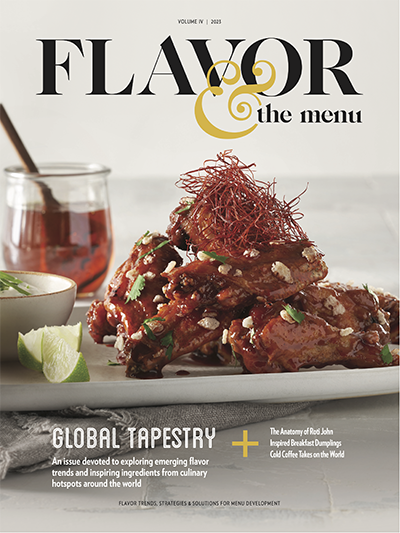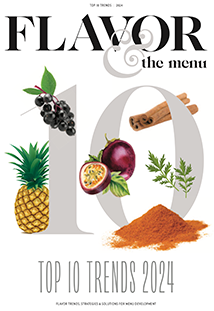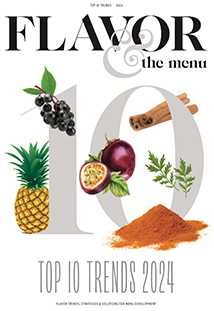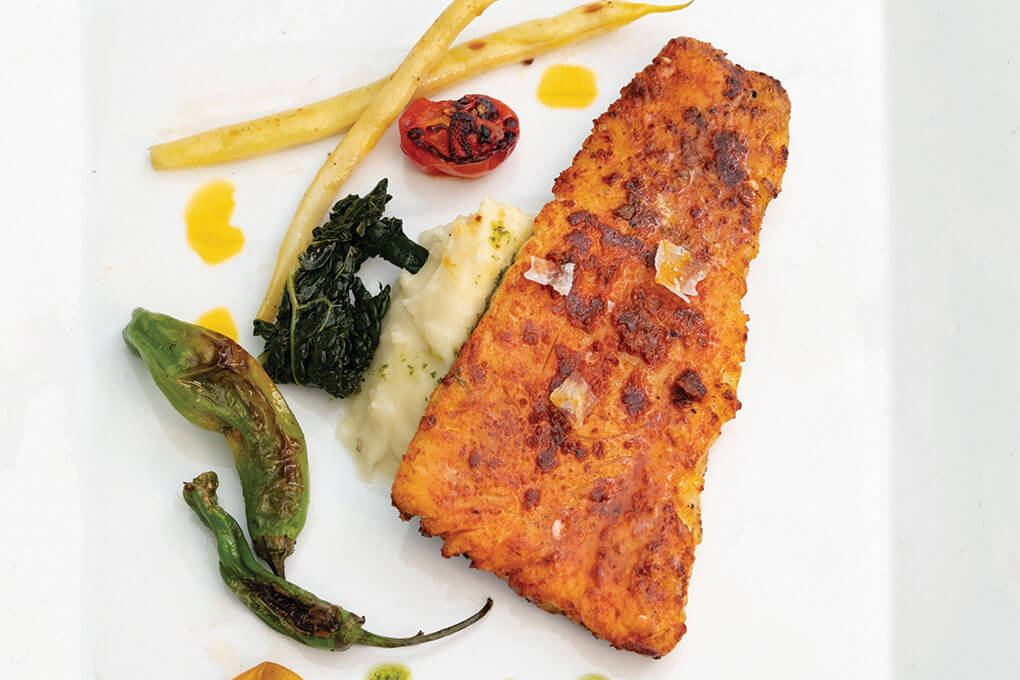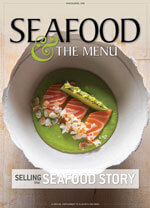
Leo Varchetta
Tim Thomas, Dutch Harbor, Alaska
When not out in the Bering Sea, Tim Thomas and the Northern Jaeger are docked in Dutch Harbor, Alaska. This 336-foot factory boat is part of the largest class of fishing vessels in North America and operates within the largest fishery in the United States. The Alaska pollock fishery also happens to be the largest certified sustainable fishery in the world.
Under Thomas’s direction, the 135-member crew harvests Alaska pollock using a trawl, and processes the fish at sea into versatile flaky white fillets. The boat can produce over 100 metric tons (220,460 lbs.) of finished Alaska pollock product each day.
“I am really proud to be involved in the most successfully managed fishery,” Thomas says. “It is truly inspiring to work with the crew of the Northern Jaeger. When these ships and their crews are operating with their full capabilities, they are able to fully utilize everything they catch.”
Thomas started his fishing career at 14, harvesting shellfish in the inshore waters of Cape Cod. From there he moved offshore to fish surf clams, scallops, groundfish and striped bass.
Thomas moved west in 1978 to take the helm of the Northern Jaeger and participate in the rapidly developing West Coast and Alaska groundfish fisheries.
In addition to fishing, he is an avid photographer who specializes in documenting life at sea.
Leo Varchetta, Chef/co-owner, Cinque Terre Ristorante, Seattle
Chef Leo Varchetta serves Alaska pollock year round at Cinque Terre, an upscale modern Italian Riviera-inspired restaurant in Seattle’s Regrade District. “We tell our guests that American boats bring in a wonderful, sustainable, MSC-certified white fish straight from the Bering Sea,” says Varchetta. His staff is clear to communicate their pride in serving the fish.
In the summer, he likes to sauté a lightly floured wild Alaska pollock fillet with Walla Walla onions, lemon juice, butter and capers, which results in a light and citrus-forward flavor. This cooking method yields an outer sear and locks in the natural oils and mild flavors of the fish, resulting in a buttery and flaky finish.

